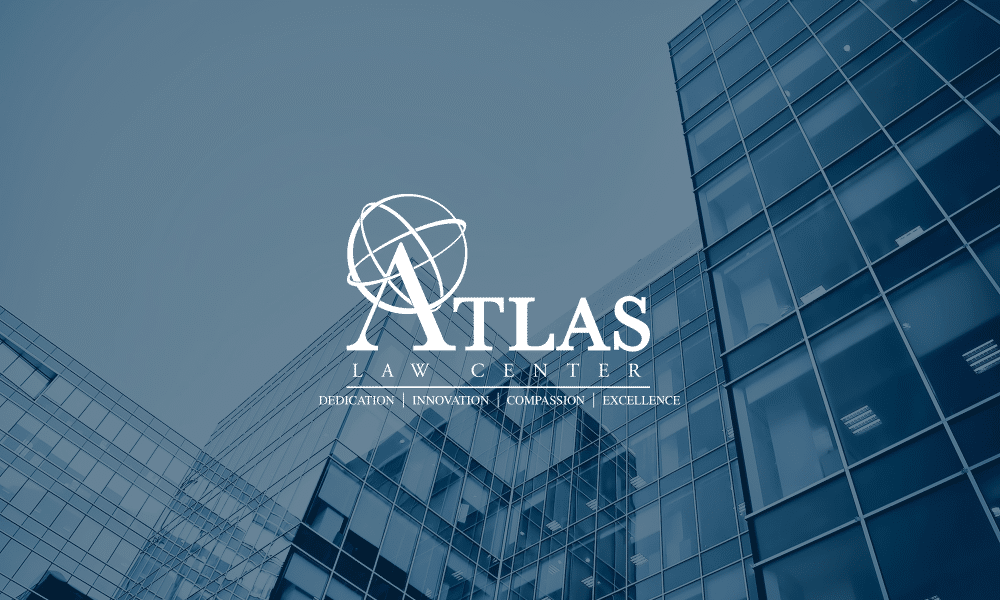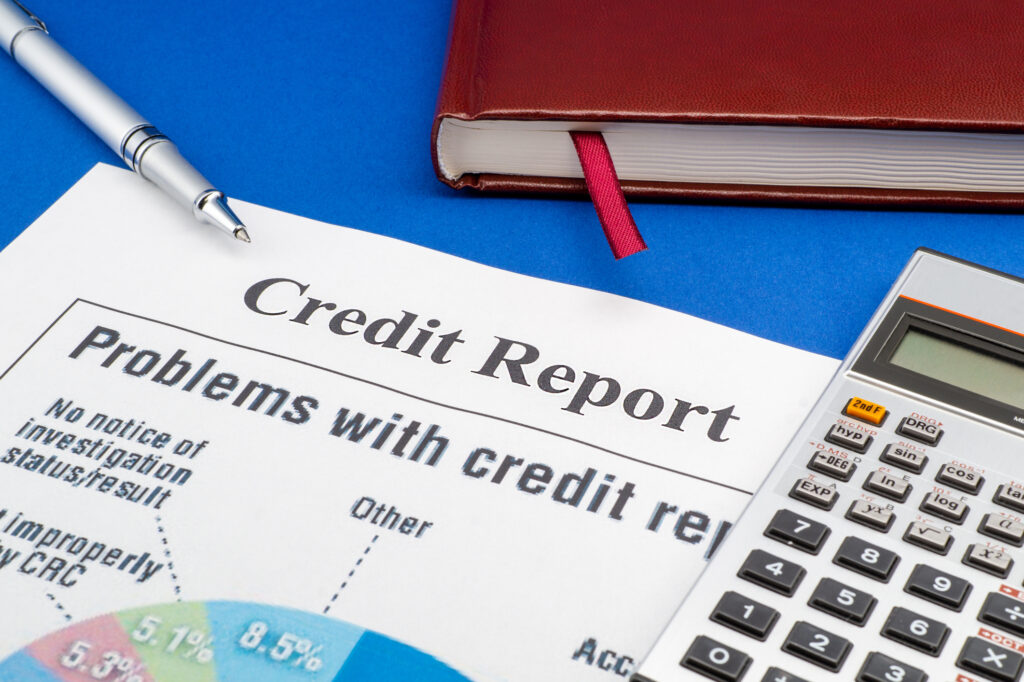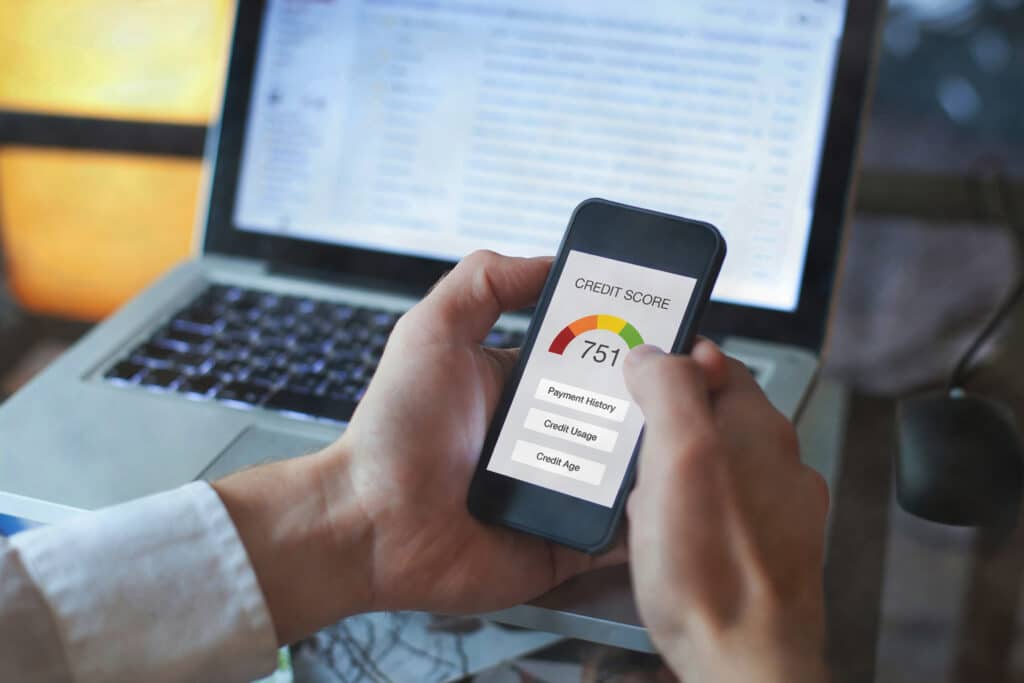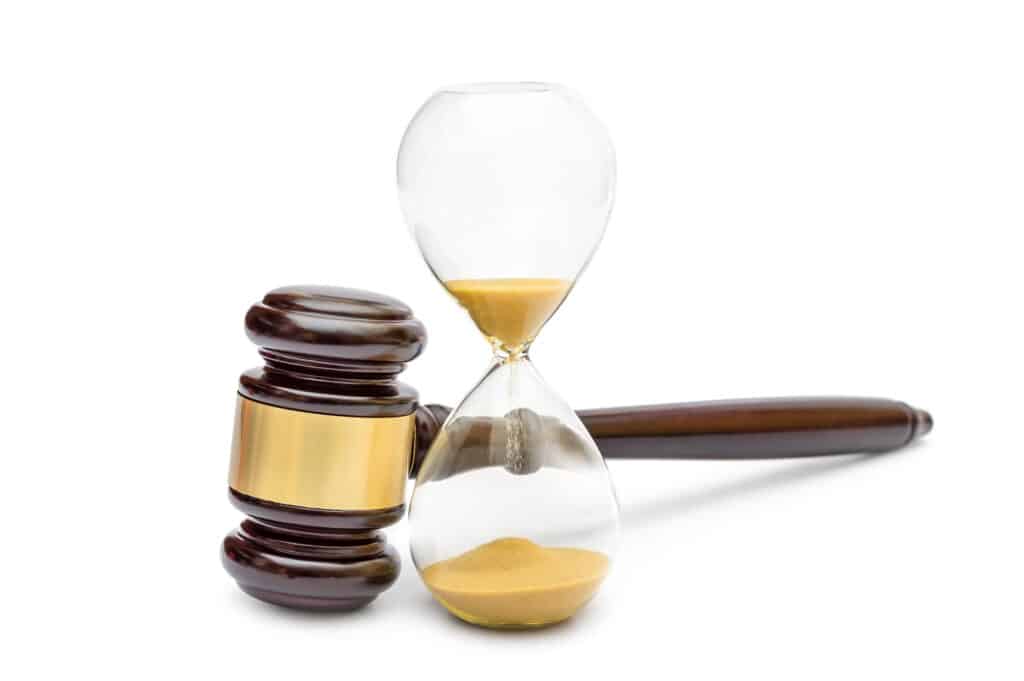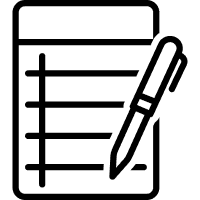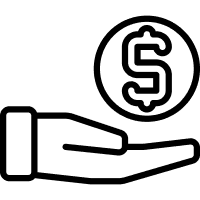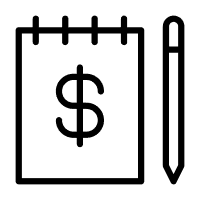As home values steadily increased over the past few decades, many homeowners took out second mortgages on their homes, counting on future appreciation of the homes’ values as collateral for the loans.
Following the housing boom and bust, though, many of those homes now carry mortgages that exceed the current market value of the homes. For people overwhelmed by mortgage payments and other debt, Chapter 13 bankruptcy lien stripping may provide relief.
Chapter 13 Bankruptcy Overview
In Chapter 13 bankruptcy, individuals with regular sources of income may create debt-repayment plans that reorganize debt and create schedules for repayment of that debt over three to five years. Once a debt repayment plan is confirmed by a bankruptcy judge, the individual makes consolidated payments to a bankruptcy trustee instead of making multiple payments to various creditors or debt-collection agencies.
One key feature of Chapter 13 bankruptcy is that an automatic stay is placed upon filing for Chapter 13, stopping all debt-collection actions, including foreclosure proceedings and harassing phone calls. A second important aspect is that individuals who file for Chapter 13 bankruptcy may be able to keep their homes if they are able to make up past mortgage deficiencies and stay current with mortgage payments that come due during the repayment-plan period.
Secured and Unsecured Debt
In Chapter 13 bankruptcy, debt is divided into secured and unsecured categories. Secured debt is debt backed by collateral. For example, a mortgage loan is secured debt because, in exchange for the mortgage loan, the lender acquires an interest in the home that can be monetized to repay the loan if the borrower defaults. Another example of secured debt is a car loan because, if the borrower does not make loan payments, the lender may repossess the car to satisfy the loan. In contrast, credit card debt is unsecured.
Creditors with secured debt are first in line to receive payment from the debtor, and unsecured creditors receive payment with any money that remains after the secured creditors are repaid. Because people file for bankruptcy when they do not have enough money to pay off all their debt, unsecured creditors often receive pennies on the dollar for their loans.
Individuals with second mortgages and “underwater” mortgages â mortgages with balances that exceed the current market value of their homes â may benefit from changing the character of their second-mortgage debt from secured debt to unsecured debt through Chapter 13 lien stripping.
Lien Stripping in Chapter 13 Bankruptcy
In a process called lien stripping, a secured debt like a second mortgage or car loan may be reduced to the value of the collateral backing the loan and divided into portions of secured and unsecured debt.
Under sections 506(a) and 506(d) of the U.S. Bankruptcy Code, through Chapter 13 lien stripping, a loan is secured up to the amount of the fair market value of the collateral, and the remaining balance of the loan is classified as unsecured debt. For example, if a car loan was for $10,000 but the current fair market value of the vehicle is only $7,000, through lien stripping the car loan will remain as secured debt for only $7,000 and the remaining $3,000 of debt will be converted into unsecured debt.
Unique Rules for Primary Residences
Importantly, different rules apply for loans secured by primary residences. A second mortgage on a home can be stripped only if the current fair market value of the home does not exceed the value of the first mortgage.
For example, assume the current value of a primary residence is $400,000, the first mortgage was for $500,000 and a second mortgage was taken for $150,000. Because there is no equity remaining in the home after accounting for the first mortgage, the second mortgage can be converted to an unsecured loan and stripped.
However, if the current value of the primary residence is $600,000, the second mortgage cannot be stripped. This is because, after $500,000 is secured for the first mortgage, $100,000 in equity is available to secure the second mortgage. If the second loan was not secured by a primary residence, $100,000 would be secured debt and the remaining $50,000 would be converted to unsecured debt through lien stripping.
But, the unique rules for loans on primary residences say that, as long as there is equity remaining for the second mortgage on a primary residence, the second mortgage cannot be divided into secured and unsecured debt and stripped. In the second example, then, the entire $150,000 second mortgage would remain secured debt because it was secured by a primary residence.
The rules governing lien stripping and Chapter 13 bankruptcy can be complex, but the process is still beneficial for people struggling to pay off debt and make ends meet. If you would like to know more about lien stripping or how filing for bankruptcy could help you, contact a knowledgeable bankruptcy attorney in your area.

